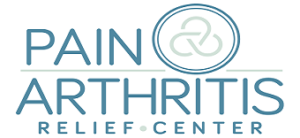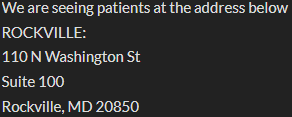Crossed Syndromes
A common cause of hip, lower back and neck pain is known as Crossed Syndromes. Upper Crossed and Lower Crossed Syndromes develop from correlating areas of muscle weakness to other areas of muscle tightness. These develop from repetitive, improper biomechanical movements in muscles that have a tendency towards tightness anyway. The improper biomechanics come from the chronic use of desks and devices. Upper Crossed Syndrome involves the neck and shoulders where Lower Crossed Syndrome involves the lower back, hip flexors, abdominal muscles and gluteus maximus/minimus.
Devices
The chronic and pervasive use of electronic devices for both work and play keep the neck and shoulders tight and weak from downward tilting head/neck and arms extended outward holding handheld devices. Rarely is a computer or laptop screen at eye level to and desk at appropriate height to keep neck and shoulders in neutral positions. This all causes or contributes to Upper Crossed Syndrome.
Desks
Sitting at a desk day in and day out is not how the body was designed to exist. The lack of movement and sitting posture, as well as poor posture aid in creating tight hip flexor muscles. With this comes weak gluteal muscles. This results in Lower Crossed Syndrome as evidenced by an excessive lower curvature in the spine and forward tilting pelvis.
The crux of Crossed Syndromes lies in the overcompensation of other muscle groups causing pain and injury. Muscle movements require a balance of length and strength to move the joint properly. When muscles surrounding joints are weak or tight, the joint does not move properly and pain begins. When this is prolonged and repetitive, injury occurs.
The way forward in both Lower and Upper Crossed Syndromes lies in strength and stretch of the weak, tight muscles. One does not go without the other. In addition to the exercise and rehab, chiropractic care can set the spine in alignment to allow the muscles to strengthen and stretch in the correct way. Rehab and chiropractic care from a Chiropractor trusts are best done together. If you try one without the other you are risking either not actually correcting the pain therefore needing ongoing chiropractic care for an indefinite amount of time, or strengthening muscles that are not moving as they were designed. The stress on the musculoskeletal system from repetitive improver movements is a real and it is taking a major toll on most Americans. The combination of rehab and chiropractic work can be very effective at alleviating pain and correcting the imbalances.





